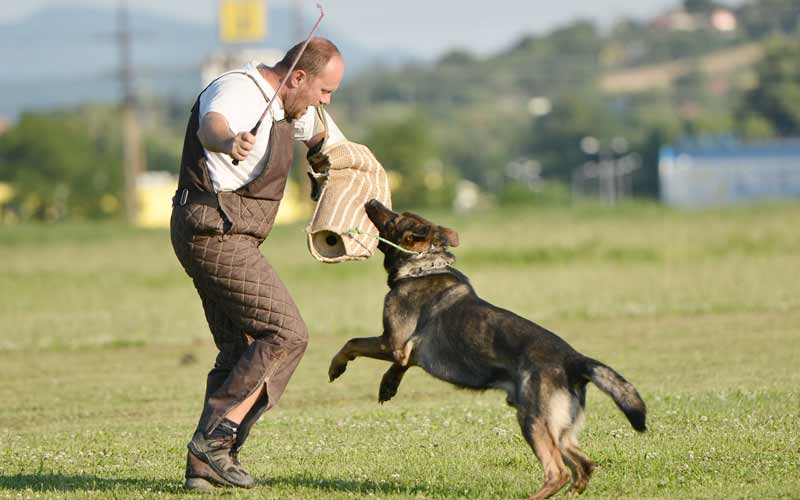Rise by Six: Your Daily Dose of Inspiration
Explore insights and stories that elevate your day.
Sit, Stay, Pay Attention: Turning Your Pup into a Canine Genius
Unleash your dog's potential! Discover expert tips to transform your pup into a genius with fun training techniques. Start today!
5 Essential Commands Every Dog Should Know
Training your dog is an essential part of responsible pet ownership, and knowing the right commands can help you communicate effectively with your furry friend. Here are 5 essential commands every dog should know for better behavior and safety:
- Sit: This basic command is crucial for controlling your dog's actions. Teaching your dog to sit can prevent them from jumping on guests or getting too excited when you arrive home.
- Stay: This command helps keep your dog in place, which is especially useful when you need them to remain calm or safe in potentially dangerous situations.
- Come: A vital command that can keep your dog safe from harm. It ensures your dog comes back to you when called, which is important for off-leash activities.
- Leave it: Teaching your dog to leave something alone can prevent them from eating harmful objects or getting into trouble.
- Down: This command encourages your dog to lie down, promoting calmness and restraint, making it a useful command in various situations.

Understanding Canine Intelligence: How to Train Your Pup to Be a Genius
Understanding canine intelligence is pivotal for any dog owner interested in unlocking their pup's full potential. Just like humans, dogs possess varying degrees of intelligence, which can be categorized into different types, including adaptive intelligence (problem-solving abilities) and working intelligence (the ability to learn commands). Recognizing your dog's unique strengths and weaknesses will help tailor your training approach. Implementing techniques such as positive reinforcement, patience, and consistency can foster an environment where your canine can thrive. Consider starting with basic commands and gradually escalating to more challenging tasks as your pup becomes more adept.
Moreover, engaging in regular mental stimulation is crucial for enhancing your dog's cognitive skills. Activities such as interactive games, puzzle toys, and scent-based training can significantly boost their brainpower. Remember that each dog learns at their own pace, so it's essential to celebrate small victories and maintain a fun atmosphere during training sessions. By investing time in understanding and nurturing your dog's unique intelligence, you're not only preparing them to be a genius but also strengthening the bond between you and your furry companion.
Common Training Mistakes to Avoid for a Smarter Dog
Training your dog can be a rewarding experience, but there are common training mistakes that can hinder the process. One of the most significant errors is using inconsistent commands. When you fluctuate between commands, your dog becomes confused, which can stall their learning progress. It's essential to maintain a consistent training vocabulary and use the same commands every time. Additionally, avoid punishing your dog for mistakes; instead, focus on positive reinforcement. This encourages your pet to associate training with fun rather than fear.
Another prevalent mistake is failing to socialize your dog properly. Dogs that aren't exposed to different people, animals, and environments during their formative months may develop fear or aggression later in life. Spend time socializing your dog by inviting guests over, taking them to dog parks, or enrolling them in obedience classes. Lastly, remember that training sessions should be kept short and engaging. Aim for brief sessions of 5-10 minutes, several times a day, to maintain your dog's attention and prevent boredom.